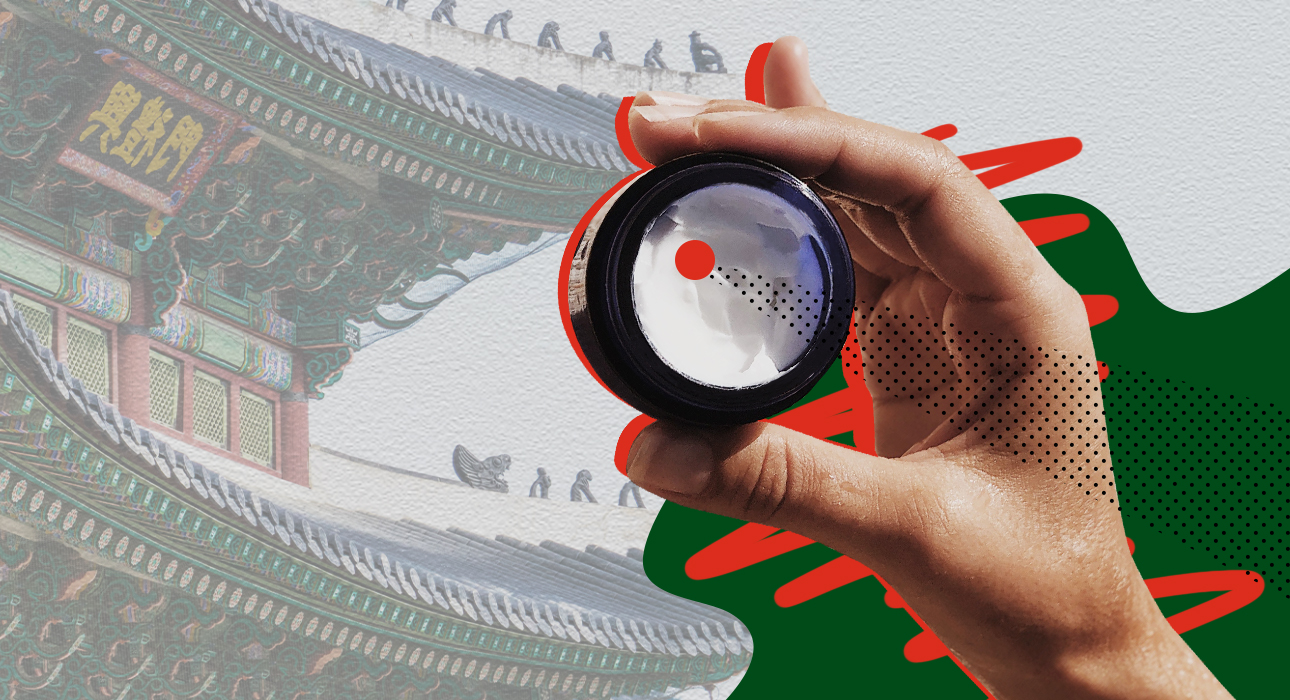
Korean cosmetics have been at the peak of popularity for over a year. And if there is a demand, there are unscrupulous manufacturers who are very profitable to imitate it. Together with an expert, we figured out how to recognize a duplicate.

Svetlana Son, Korean cosmetologist
Which funds are the most fake?
There is no point in imitating little-known brands, so these are either luxury bestsellers or a popular mass-market.
Now dealers produce counterfeit funds, down to protective holograms, that identifying them is a task with an asterisk. Especially if you have never used or at least not held the original tool. But there are basic tricks to help you avoid falling victim to scammers. We teach them together.
What to worry about?

- The absence of the country where the goods are made. The packaging should indicate the address of the manufacturer and the official website;
- Packaging made of poor quality plastic;
- Poor print quality. Letters and signs must be clear, not blurred and not erased by touching;
- For a fake, the packaging is usually more matte with a yellowish tint, for the original it is glossy;
- Part of the text written in Arabic hieroglyphs;
- The lid is not tightly closed or does not sag at all;
- Strong chemical and unpleasant odor. Irregular texture.
- Barcode. For a Korean product, it starts with the numbers 880. Now, under the guise of Korean cosmetics, products made in other countries are often sold;
- There must be a translation into Russian on the label itself or on a separate label. This indicates that the instrument has been validated;
- If there is a QR code it should work. Do not be too lazy to scan;
- Error, brand or absence in the product name. For example, fake CP-1 shampoos often sin with this. SR-1 is the name of a line, not a brand. Manufacturer – Aesthetic House;
- The absence or poor quality of a leak-proof membrane is often a sign of fraud;
- If it is cream or patches, the application spoon of the originals is usually packed in a protective film;
- For Korean products, the expiration date is indicated in the following order – YYYY.MM.DD.
What documents should the seller have?

Declaration of conformity, regardless of whether the seller has an offline store. They are issued for each batch of imported goods and confirm that the products have passed the customs certificate. This means that it is safe, high-quality and can be sold in Russia. It is necessarily marked with the EAC mark and information for consumers applies to it: name, information about the manufacturer and importer, composition, instructions for use, date of manufacture, shelf life and conditions, precautions.
The original declaration must bear the distributor’s blue seal.
You can always ask the seller to send the statements electronically or send copies with the order.
How do brands try to protect themselves?

Use holographic stickers. They confirm not only authenticity, but also compliance with storage and transportation conditions.
It is applied by scanning a QR code, with which you can verify the authenticity of the product on the official website of the brand.
Often update the packaging and design. It is possible that the product in the package you purchased was produced 5 years ago. This should raise suspicion.
For example, some brands have changed the QR code recently. Now part of the code is hidden under a protective layer that needs to be deleted first. And they introduced one more innovation – when reading it is indicated whether this code has been read by someone else. So you can be sure that it is not fake and that no one has deleted the protection before you.
And some packages even have a unique number, with which you can trace the path of the product from the manufacturer to the buyer on the official website.
Unfortunately, not all brands use these protection measures yet.
Where do fakes come from and what consequences can it have?

Most fakes are made in China, not in the most sterile conditions. Quality depends on the integrity of the manufacturer.
At best, you will not see the expected effect and mistakenly assume that Korean cosmetics are not suitable for you. Worst of all, you will get an allergic reaction or a burn, as the production often uses low-quality and toxic substances. For example, in 2016, a girl was admitted to a hospital with a severe allergy to fake Nature Republic aloe gel.
Therefore, order products only from official representatives who value their reputation and health, and do not rush to dubious sellers on online platforms at the lowest prices.
Source: People Talk
Elizabeth Cabrera is an author and journalist who writes for The Fashion Vibes. With a talent for staying up-to-date on the latest news and trends, Elizabeth is dedicated to delivering informative and engaging articles that keep readers informed on the latest developments.





